How Long Do Tulip Bulbs Last: A Guide to Their Lifespan
According to South Dakota State University, tulip bulbs are at their best for 2-5 years. After this, the bulb’s energy reserves deplete, and the plant may produce smaller or fewer blooms. Additionally, tulip bulbs are susceptible to disease and pest problems that can affect their lifespan. Proper storage and care can help extend the life of tulip bulbs.
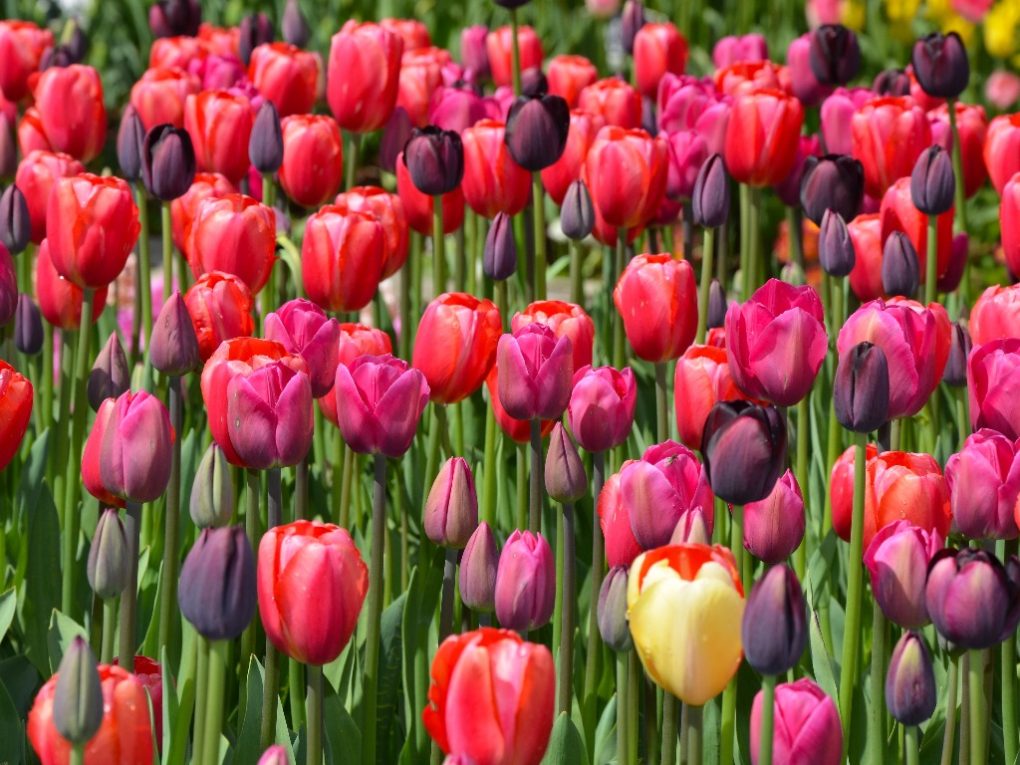
The lifespan of tulip bulbs can vary depending on several factors, including the soil quality, the climate and temperature where they are planted, and the care given to them. With proper care and maintenance, tulip bulbs can last two to three years. However, if planted in poor soil or exposed to freezing temperatures, they may need to be replaced more frequently.
Knowing how long tulip bulbs last is important for anyone who wants to grow these beautiful flowers in their garden. By understanding the factors that affect the lifespan of tulip bulbs, you can ensure that your bulbs last as long as possible, providing you with years of beautiful blooms to enjoy.
Table of Contents
Factors Affecting Tulip Bulb Lifespan
Tulip bulbs are known for their vibrant colors and beautiful blooms, but how long do they last? The lifespan of a tulip bulb can vary depending on several factors. In this section, we will explore the various factors that affect the lifespan of tulip bulbs.
Bulb Type
The type of tulip bulb can affect its lifespan. Some tulip bulbs are bred to be more resilient and can last longer than others. For example, Darwin Hybrid tulips are known for their long lifespan, while Parrot tulips have a shorter lifespan. When purchasing tulip bulbs, it is important to consider the type and its expected lifespan.
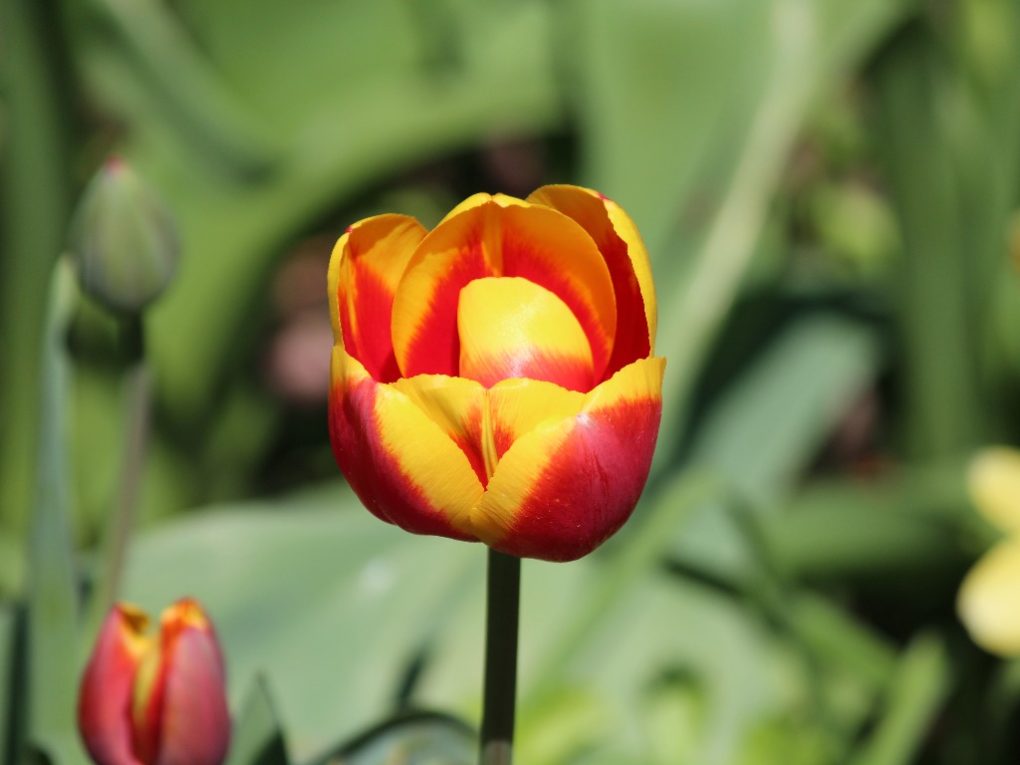
Storage Conditions
The way tulip bulbs are stored can also affect their lifespan. Bulbs should be stored in a cool, dry place to prevent them from drying out or rotting. Therefore, it is important to avoid storing bulbs in areas with high humidity or temperature fluctuations. Proper storage conditions can help extend the lifespan of tulip bulbs.
Planting Depth and Timing
The depth at which tulip bulbs are planted can affect their lifespan. Bulbs should be planted at 6-8 inches to protect them from extreme temperatures and drying out. Planting bulbs too shallow or too deep can cause them to dry out or rot. The timing of planting can also affect the lifespan of tulip bulbs. Bulbs should be planted before the ground freezes in the fall to allow them to establish roots before winter.
Environmental Factors
Environmental factors such as weather and soil conditions can affect the lifespan of tulip bulbs. Tulips prefer well-draining soil and require adequate water and nutrients to thrive. Extreme temperatures, such as heat waves or prolonged periods of freezing temperatures, can also affect the lifespan of tulip bulbs. Therefore, providing the right environmental conditions for tulip bulbs to maximize their lifespan is important.
Signs of a Dying Tulip Bulb
Tulips are beautiful flowers that can add color and life to any garden. However, like other plants, they can suffer from various problems affecting their growth and lifespan. For example, if you want to keep your tulip bulbs healthy and thrive, it’s important to know the signs of a dying tulip bulb.
Yellowing Leaves
One of the first signs that your tulip bulb may be dying is the yellowing of its leaves. If the leaves of your tulip plant start to turn yellow and wilt, it could be a sign of a fungal disease, such as tulip fire or bulb rot. These diseases can cause the leaves to wither and die, exposing the bulb to the elements and making it vulnerable to further damage.
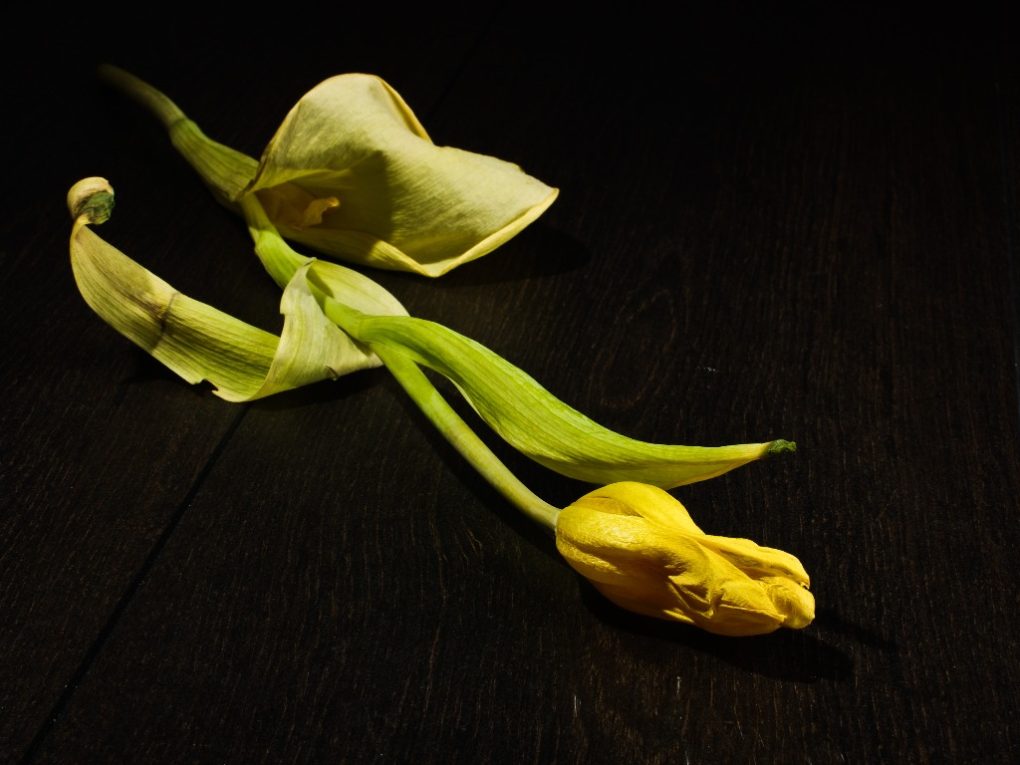
Stunted Growth
If your tulip plant is not growing as tall or strong as it should be, it could be a sign of a dying bulb. Stunted growth can be caused by a lack of nutrients in the soil, poor drainage, or damage to the bulb itself. In some cases, the bulb may have been damaged by pests or diseases, which can cause it to stop growing altogether.
Lack of Blooms
If your tulip plant is not producing blooms, it could be a sign that the bulb is dying. Lack of blooms can be caused by various factors, including poor soil conditions, lack of sunlight, or damage to the bulb. If your tulip plant is not blooming, it’s important to address the problem as soon as possible, as this can be a sign that the bulb is not getting the nutrients it needs to survive.
Soft or Rotted Bulbs
If your tulip bulb feels soft or mushy to the touch, it could be a sign that it is rotting. Various factors, including overwatering, poor drainage, or damage to the bulb, can cause rotted bulbs. If you notice that your tulip bulbs are soft or rotting, it’s important to remove them from the soil and dispose of them properly, as this can help prevent the spread of disease to other plants in your garden.
Tips to Extend the Life of Tulip Bulbs
Proper Planting and Maintenance
To extend the life of tulip bulbs, it is important to plant them properly and maintain them regularly. Tulip bulbs should be planted about 6 to 8 inches deep and 4 to 6 inches apart in the fall. The soil should be well-draining, and the planting site should receive at least 6 hours of direct sunlight daily. After planting, it is important to water the bulbs thoroughly and apply a layer of mulch to protect them from extreme temperatures.
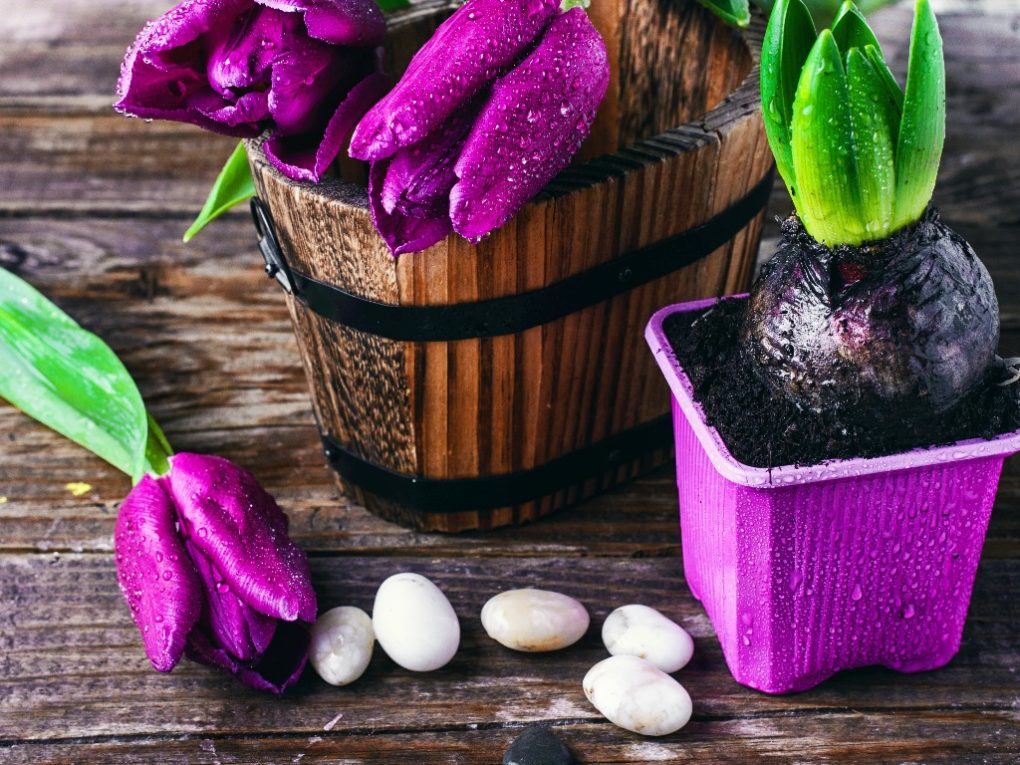
During the growing season, it is important to maintain the tulip bulbs by removing weeds, deadheading spent blooms, and providing adequate water and nutrients. Deadheading will prevent the plant from producing seeds and diverting energy from the bulb. The foliage should be allowed to die naturally, which helps replenish the bulb for the next growing season.
Fertilization and Watering
Fertilization and watering are essential for the growth and longevity of tulip bulbs. Tulip bulbs should be fertilized with a balanced fertilizer, such as a 10-10-10, in the fall at planting time and again in the spring when the foliage emerges. Therefore, following the manufacturer’s instructions for application rates and timing is important.
Watering is equally important for the health of tulip bulbs. Tulip bulbs require regular watering, especially during drought or extreme heat. The soil should be kept moist but not waterlogged, which can cause the bulbs to rot. It is important to water deeply and infrequently rather than shallowly and frequently.
Pest and Disease Control
Pests and diseases can significantly reduce the lifespan of tulip bulbs. Observation shows that common pests affecting tulip bulbs include aphids, slugs, and snails. These pests can be controlled with insecticidal soap or by handpicking. Diseases that affect tulip bulbs include botrytis, fusarium, and tulip fire. These diseases can be prevented by planting disease-resistant varieties and practicing good sanitation by removing infected plant material.
Harvesting and Storing Bulbs
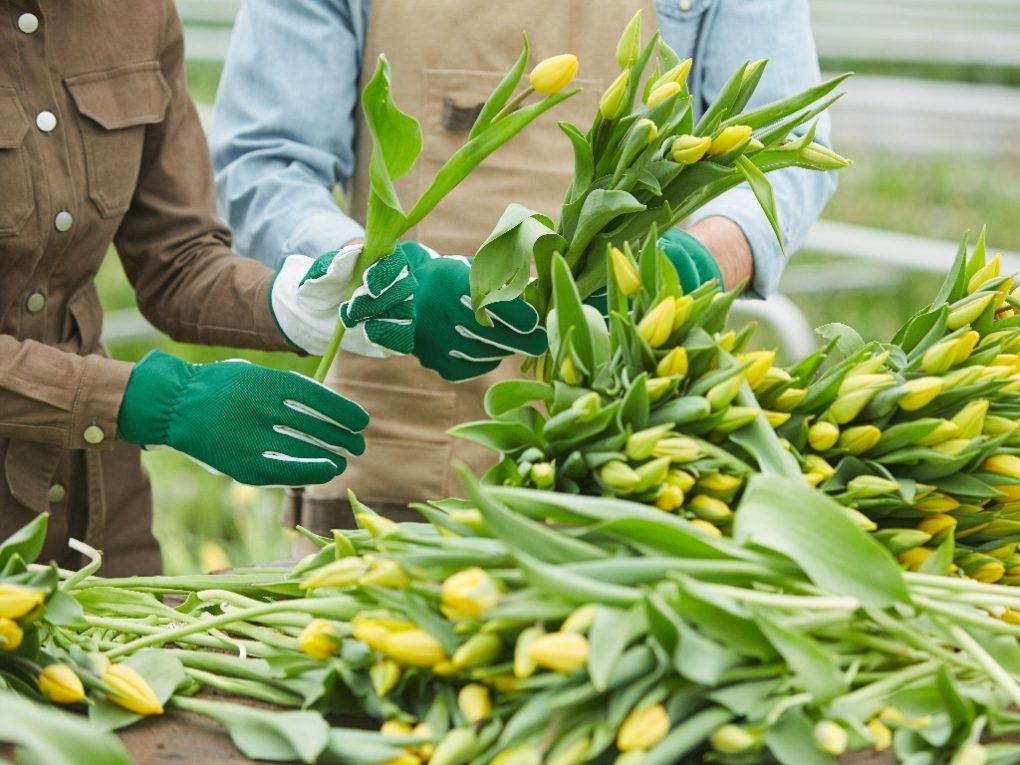
Harvesting and storing tulip bulbs properly is essential for extending their lifespan. Tulip bulbs should be allowed to die back naturally before harvesting. Once the foliage has turned yellow and withered, the bulbs can be dug up and allowed to dry in a warm, dry, well-ventilated area for a few days. After drying, the bulbs should be cleaned and inspected for any signs of damage or disease.
The bulbs can be stored in a cool, dry, dark place like a basement or garage until planting in the fall. It is important to store the bulbs in a breathable container, such as a mesh bag or cardboard box, to prevent them from rotting. The storage area should be kept between 35 and 50 degrees Fahrenheit.
